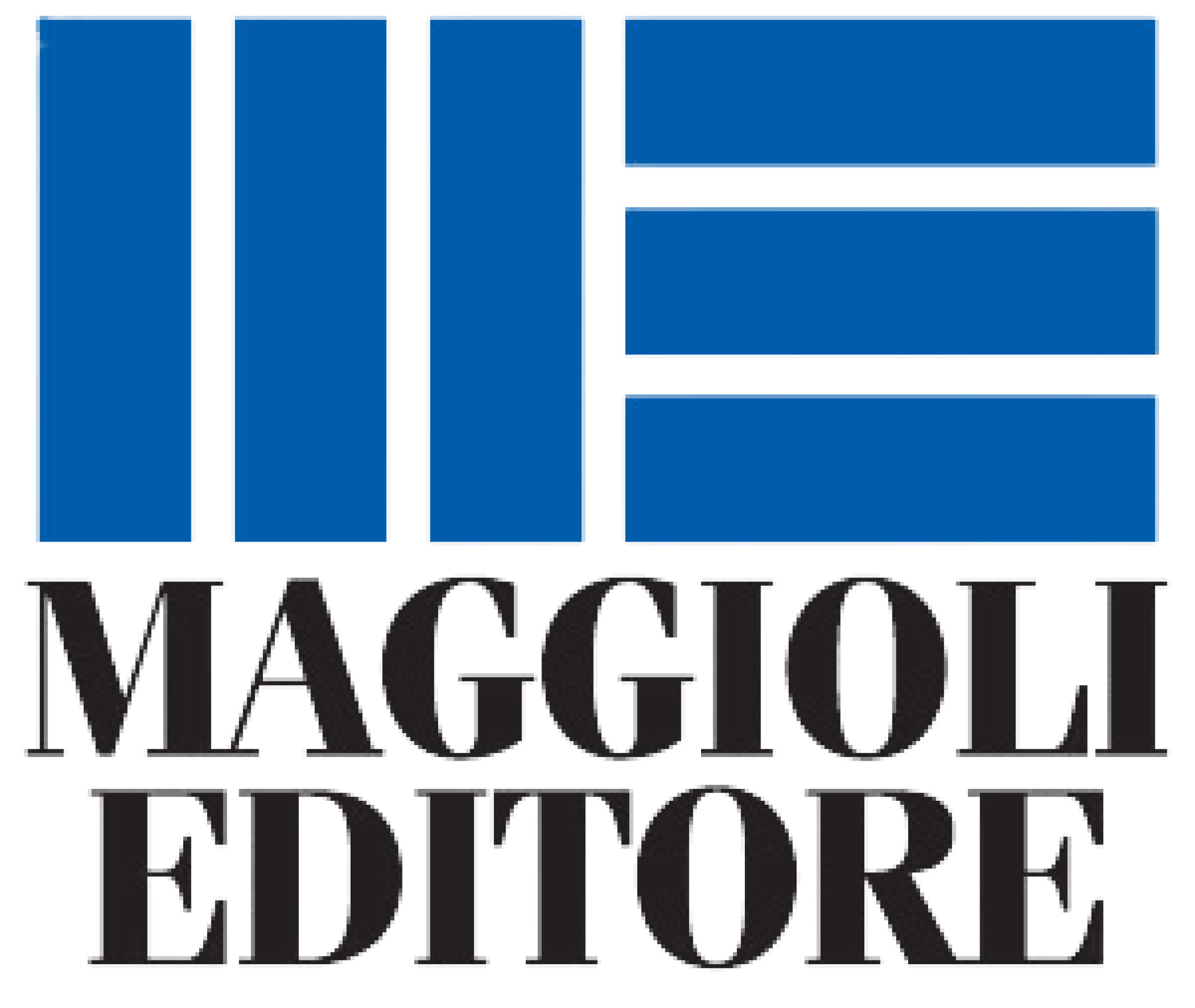Author : dr. Rolando Marco Carini
Location: Somma Lombardo
Creation Date: July 7 1998
Rev.: October 11 1998
e-mail: ipernauta@galactica.it)
Note: every comment is welcome, email me your reflections about.
Virtual European School
Project for a technical-contractual system for protecting economic rights
Foreword
An editorial system for high schools using the telematic channel for distributing didactically recognised information is being designed in the general panorama of EEC-financed projects. The project will introduce a technical-contractual system called the Virtual European School or VES into Internet.
This paper suggests feasible solutions to the issues raised during VES design.
The problem
The strong resistance to the dissemination of interactive multi-media hypertext technologies in publishing depends on the difficulty of providing valid protection of information copyrights. The User can in fact easily duplicate the multi-media product after delivery to the web (pirate dissemination). This can also occur between schoolfellows at no dissemination cost. The Editorial System is therefore obliged to strongly limit the number of information product types and condition their dissemination to the possibility of monitoring their consultation.
a) In the event of on-line consultation, the picking of format HTML (or PDF or Neuron or mobile code) pages through a proxy server nearly always enables the user to have access to the information unit and to redistribute it in violation of standing laws. Some Publishers have attempted to restrain information unit re-use by constraining integral communication to calculations to be completed on the server and not locally . This criterion cannot however be used to defend components made up of images, sounds, animations and demonstration simulations , which can only be picked up as autonomous units.
b) In the event of off-line consultation (downloading the information unit) the access controls already used for software are available, such as access and recording codes, which can however be easily circumvented by pirate dissemination .
The risk of altering information units during transport and later on however exists in both cases. Real distribution of multi-media products is only possible if information rights are protected. This can only be achieved if contractual solutions based on joint Publisher, Author, and User economic interests are found, besides technologically protecting information units.
In the case in point, serious social risk of unavoidable cultural decline exists unless Author and Publisher rights are protected, as well as the ensuing short-term reduction of cultural activity and related industrial investment.
The quest for a pragmatic solution
Self-regulatory standards become widespread when the parties involved find economic advantage or simpler contractual communication. The interests involved in information unit dissemination in conformity with the VES proposed standard therefore require assessment.
Information unit Authors are interested in regulating and economically protecting their rights, the dissemination of their works and text inalterability.
Editors are interested in regulating and economically protecting their rights, disseminating their products and then reducing transaction costs.
Users are interested in product quality and low purchase costs.
These interests are immediately conflicting and potentially coincident ones require identification. The parties can in fact be prepared to accept a standard only when interests coincide.
The need Authors have to disseminate their works is not limited to the individual lesson contained in an information unit but extends to the entire teaching system, which tends to be open and develop with the various units each individual works consists of, subject to the density and efficacy of references to the learning system. Work inalterability represents the premise for historical and scientific knowledge of and on Authors.
Each release of inter-related information units is an important promotional opportunity for Publishers as it invites to extend purchases to other works included in the catalogue. The adoption of a unit connection and component standard also reduces production costs, improves product dissemination and brand quality.
On-line consultation of hypermedia teaching units involves high connection costs, considering present Internet transmission band limits. This partly reduces Publisher profit margins and increases costs to the User. Information unit accumulation at the User increases hardware costs.
Decisions on the on-line / off-line option depends on possible User re-use of the teaching units consulted . If information is sited at the User, information, references, bookmarks and notes produced by them are easier to collate.
In managing open systems, IT logic attempts to create products capable of connecting between information present on the computer. A source of uncertainty is the evolution of these technologies, which are so fast as to make long-term socio-technical investment scheduling quite difficult. To manufacture their products, Publishers therefore contact software houses, which however use multi-media authoring tools designed to underscore the spectacular features of a computer rather than solve problems such as the delicate issue of source acknowledgement. Compared with printed texts, electronic ones raise another level of complexity, which runs the risk of subordinating the primary level of witnessing the culture expressed therein.
The creation of an IT product standard also protects Publishers from too fast changes in IT technologies.
The electronic satchel
Information units, also useable separately, are the basis for making up a training itinerary and their connectibility with other units is a mandatory feature of the whole system .
Parties supporting the standard developed so far for VES share the same interest in having a structured complementary container at the User site, an electronic satchel as a personal librarian, deposit, classification and distribution system .
The electronic satchel can integrate User information units with user-produced contents, such as the development of themes, research work, and exercises and thus become a valuable tool for memorising recognised sources of knowledge.
The economic worth of IT editorial products mostly comes from how elementary components are presented. Publishers can only fragment each information unit component into elements as small as required if a component connection standard is available. The main task of the electronic satchel is to connect these components with one another. The information structure of this connection operates as a describer of the elementary component interconnection structure. Each describer element notes the allocation address of a component and its presentation logic. The editorial standard sets the rules regulating access to information units.
The electronic satchel can therefore be considered as a tool for presenting products made in conformity with an IT editorial standard, but is also the support for a decisive contractual solution of the issue of Author and Publisher economic rights.
IT distribution channel contracts
Unlike the contractual model prevalent on Internet, which is a product presentation shop window stimulating the start of subsequent negotiations, VES servers enable underwriting sales contracts. The VES system can also account the service by connecting with the financial circuit.
A market can be represented as a protected area governed by the rules of exchanges guaranteed by a Hierarchy jointly accepted by the parties involved. A subject validating transactions is placed between the contracting parties. Such subject can be a State body, an international institution, or simply a natural judge.
The Hierarchy’s initial task is to check the identity of the signatories in view of certification. This is also the premise of underwriting a contract for accessing the VES system.
Despite efforts by the lawmakers of many countries, controls exercised by traditional Hierarchies on the telematic trade of IT material are de facto inadequate, costly and such as to discourage intensive Internet use . One of the weak points of the system is the difficulty of identifying and certifying signatories.
At present, the VES project has no correlated project for building up and maintaining a Hierarchy for necessary contractual regulations . It therefore has to use existing certification authorities for signatory identification, which are based on providers and are not totally reliable for initial identification .
Schools or the Payments Circuit could act as a Hierarchy for the dissemination of information units didactically recognised for High Schools however. Besides guaranteeing sure signatory identification, the Payments Circuit could offer the advantage of real time payment and provide telematic monitoring of complex multilateral VES access contracts (including Publishers, Banks and Authors as well as VES) .
Connection of VES with a valid system for identifying telematic contract signatories would enable effective protection of economic rights on information unit sales.
These could in fact be distributed encoded with system of keys inclusive of recognition codes recognising the customer at the Payments Circuit and achieve the objective of making the transaction sure, confidential, inalterable and non-refutable. A programme available on the VES or responsible Hierarchy server would perform encoding during unit transfer to the customer. The electronic satchel should complete the sure communications protocol on-line with VES and the Hierarchy during the importation of new units and monitor payments.
An ad hoc programme supplied by the Hierarchy (hereinafter referred to as the Hierarchy algorithm), designed in conformity with the electronic satchel standard, would decode the information units delivered as per contract.
The electronic satchel can only present the decoded units at consultation directly on User computer terminals.
The Hierarchy algorithm – only applicable successfully on information units coded with User identification keys – must be functionally inserted between the operating system and the elementary components of each information unit so the result of processing is sent to the presentation terminals through the operating system format conversion drivers.
The connection standard between the Hierarchy algorithm, the electronic satchel, and the editorial product is equivalent to a contract between the Publisher and the User, guaranteed by the Hierarchy.
The adoption of this standard prevents further pirate dissemination of the IT editorial product.
An initial obstacle to pirate dissemination is in fact the defence by the holders of the confidential access code. Transferring the payment system access password to another would firstly mean exposure to the risk that the transferee uses the code to purchase new information units at their expense and secondly, to editorial system sanctions .
A second obstacle is that the duplicated unit can only be used in the original holder’s electronic satchel. The advantage for each User consists in the option of connecting several units with one another to build up an entire study itinerary. Holders of a pirate unit can insert it into their satchel, but can only use it if they have the original holder’s satchel. Spreading of the system increases the strength of the obstacle. Even when in possession of an uncoded hackered copy of an information unit, the pirate cannot connect these information units with other regularly purchased ones. The range of possible pirate duplications is therefore restrained to irregular Users not needing a system.
It’s not enough for hackers to cancel all the safety systems connected to the Hierarchy algorithm, they also have to design and rebuild navigation software capable of satisfying the editorial standard and design new software connecting information component coming from different sources. This presupposes the will to draw economic profit from the creation of a competing standard with high-risk investment due to the overall illegal feature of the operation. Cracking the software supplied by the Hierarchy can also involve other penalties besides those covered by copyright laws.
While the electronic satchel can identify the order all elementary components present in the editorial product are in, hackers operating manually to obtain partial contents (Cf. page. *) of the editorial product can only recompose them into units at cost and timing disproportionate to results obtainable.
The above indicates that the merging of contractual and technical features on this project are overall a decisive obstacle to the illegal activities connected with the forging of editorial products.
Feasibility
The technical features of the electronic satchel are similar to those already widely used in producing HTML browsers and in authoring systems. The industry has already implemented the requisite technological bases. The project therefore is feasible in the state of the art even in the short term, as long as adequate resources are available. An independent Publishing Consortium should be established with the purpose of achieving a protection standard.
Implementation costs
Additional costs for implementing the project described herein are immediate and management level:
– immediate for designing the electronic satchel standard and Hierarchy contracts;
– later on, at regular distribution levels, those ensuing from greater server CPU use during transmission, management of the Hierarchy protocol and commission plus transaction and payment execution validation expenses .





















Scrivi un commento
Accedi per poter inserire un commento